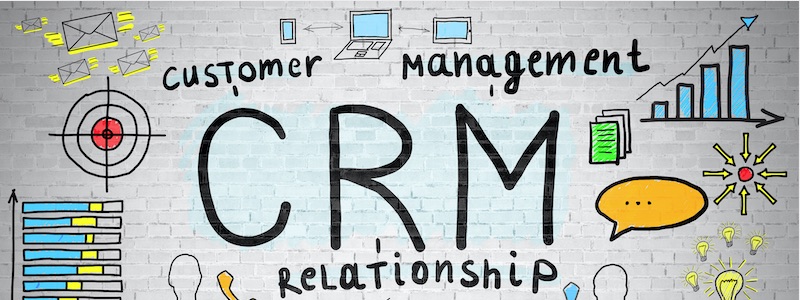
Marketing automation combines email with customer data to produce relevant segments, which typically improve response.
Marketing automation can do more with email than send mass deployments and track opens and clicks. Marketing automation can integrate email with your customer management platform to create relevant campaigns. But the most important feature for ecommerce merchants is to sync a visitor’s on-site behavior, such as products viewed, to that individual’s profile in your CRM.
Thus marketing automation allows merchants to create segments based on, say, purchase history and recently viewed products. Or, geolocation and viewed products. A merchant could deploy an email for a specific item within minutes of a consumer visiting that product page. Combining shoppers’ on-site behavior with clean, reliable data can dramatically improve conversions and therefore justify the cost of the automated tool.
In this post, I’ll review eight ways to accelerate an ecommerce marketing automation program.
Marketing Automation for Ecommerce
1. Use clean data. Your customer database should be current, correct, consistent, and complete. Track your data quality by monitoring bounce rates, unsubscribe rates, and engagement. Make sure your geographic names are consistent, and your products are properly categorized. (Categorizing is key for segmentation.) For incomplete or missing data, use dynamic forms for the prospect to supply the missing information on his next form submit.
Address data problems immediately, before they hurt sales.
2. Send welcome emails. When someone buys from your company or signs up for the newsletter, it is critical to send a welcome email. Use this email to provide discount codes or special promotions. Test those codes and promotions for effectiveness and to help segment the new prospect. Test, also, various format and designs.
Beyond discount codes and promotions, use the welcome email to (i) communicate your brand’s personality, (ii) provide helpful product tips, and (iii) inform your prospects about the frequency of newsletter.
3. Offer complementary items. Automatically including recently viewed items in a marketing email is not always effective. After all, there may have been a reason that the visitor did not purchase that item. A better strategy, sometimes, is to showcase similar products. Use historical basket analysis to identify complementary goods. You could also identify complementary items by analyzing customers’ paths before purchasing. Merchants with a small number of SKUs, however, likely know the complementary products instinctively.
4. Fine-tune segmentation. The more personalized an email, the better the connection between your brand and the recipient. Segment emails based on (i) spending habits, (ii) products viewed or purchased, and (iii) overall interaction with your brand, such as site visits and email opens. Consider acquiring third-party data to segment better. This could include readily available demographic info such as age, gender, household income, geography, and marital status. Psychographic information — such as values, opinions, and personality — is often more expensive and not as accurate, in my experience.
5. Treat loyal customers differently. Treat loyal, repeat customers differently than others. Repeat customers not only drive profits but also are likely good brand ambassadors. Offering these customers special deals and even exclusive products can keep them happy. Repeat customers are often quantified by their lifetime value. While helpful, this metric favors the longest-serving clients. Using predictive modeling, you can anticipate potential high-value customers based on the historical behavior of others. Then email those valued prospects to explain the benefits of joining the loyalty club
6. Target visitors who abandon shopping carts. The question is not if you should send emails to abandon-cart visitors, but when. Do you send the email immediately, a few hours afterward, the next day, or perhaps in a few days? Most research favors immediate emails. But you should test which performs best for your ecommerce site.
Once you identify the optimal time, the next step is to identify the reason for the abandonment. A quick survey could come into play. Consider sending an email asking why — with a single multiple-choice question. Depending on the answer, you could save the sale by offering a solution. For example, if shipping costs were too expensive, provide a one-time shipping discount. The temporarily decreased profit margin is likely worthwhile to produce a loyal customer.
7. Send post-purchase emails. Some companies include coupons in post-purchase emails. Others simply request a product review. Regardless, after someone receives a product is a good time to request feedback, upsell complementary items, or simply engage with the customer. Why not do all? Just be sure to ask for one thing at a time!
8. Re-engage visitors. The hardest part of a marketer’s job can be convincing visitors to return to the site. Strategies including offering discounts, asking why they left, and fixing a problem. A simple “we miss you” email can also work. The key is to test each strategy. Segmenting recipients can lead to better results, as well.